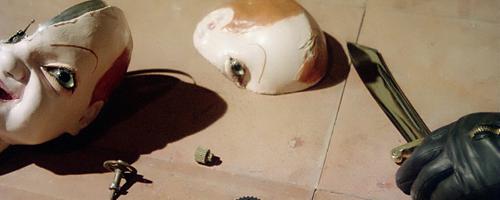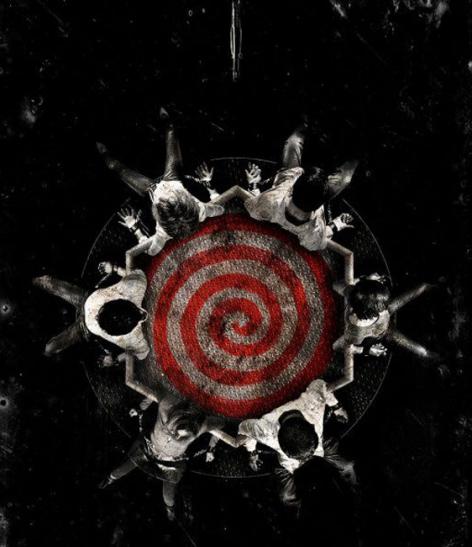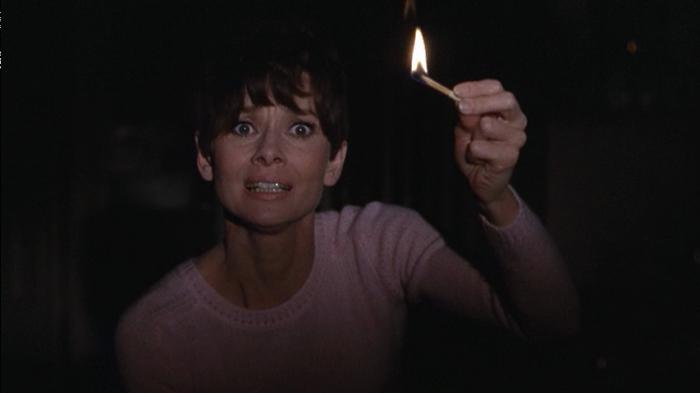If you try to explain very clearly what suspense is in cinema, then you can say it when it “takes your breath away”, when you whisper to the hero: “Don't go there!” or “Turn around!” by bouncing in a chair. This is an inexorable increase in intense painful expectation, a kind of extraordinary anxiety, anxiety that arises from the beholder. In pronounced "sapense moments", the audience becomes involved in the ongoing action. The contemplator is worried as if now he, and not the character of the film, is in danger, as if he is the most direct participant in all the events unfolding in the film. That is, the meaning of the term is a “weightless”, “suspended” state of the individual, caused by the action taking place on the screen. At the same time, it does not mean hanging in space, but rather in time. Many directors often puzzle over how to achieve suspense, but you just need to become the "master of the time", that is, be able to squeeze or stretch the time, change the perception of its audience.

Origin and use
In English, the word exists since the fifteenth century, by the way, with an emphasis on the second syllable. The term has Latin roots and came from a suspensus (literally "suspended"). And only in 1952 the concept was first used to denote the genre: suspense story, suspense thriller, suspense novel. Mostly it is used in horror films, thrillers and criminal action films, all that was called before the "action movie". But modernity is amending, and now it’s hard to find a genre film that does not contain this technique. After all, he is one of the most striking and powerful methods to intrigue, capture and hold spectator attention.
Examples in auteur cinema
You can figure out for sure what suspense is by looking at some of the author's film projects. For example, Andrei Tarkovsky’s film “Sacrifice”, it is mostly built on this particular technique, it’s not out of place to mention Stalker, this picture can also be considered a thriller. It is worth noting that silent films also used suspense. That this was possible, proves the picture of the Lumiere brothers “Arrival of the train”, undoubtedly the audience at that moment more than as much as possible got used to what is happening on the screen. Films of Tod Browning "Outlaw" (1920) and Fred S. Newmeyer, "Finally Safe!" (1923) will also serve as an ideal proof of this fact.
The king of horror, the standard of the thriller
An unsurpassed master of horror - Alfred Hitchcock is deservedly considered the king of suspense, his creative style irrevocably divided the movie into an elite and mass. This Anglo-American director, an ardent lover of detectives and the well-known Sigmund Freud, created the standard of the thriller. A whole galaxy of similar film works speaks of Hitchcock’s notorious authorial style, which makes it possible to distinguish them from paintings by other directors. The style of the master is manifested in the repetition of certain plot motifs, ways of presenting material to the audience, an extraordinary technique of filming and even the type of actors. The great maestro of tension and escalation made millions of spectators tremble with fear. His work “Resident” (1926) is considered the primary source of suspense. Answering Hitchcock's question: “Suspense - what is it?” - we can say that in order to achieve the effect of escalating tension, the viewer must know much more than the unhappy hero knows.

Another version
In another version of the development of suspense as a genre, its founder is called David Lewelyn Work Griffith, an American director, screenwriter, actor, producer. The arguments are quite weighty - he was the first to use a close-up to achieve a special dramatic effect, to pay close attention to details that give the picture a realism and allow the viewer to feel sympathy for the heroes, to get used to what is happening. David was also the first to be creative and attentive to parallel editing. During the period from 1909 to 1912, he shot a series of short films on a single plot line - thrillers with the exciting effect of help appearing at the very last moment: “Having barely escaped danger”, “Lesser of Evil”, “Telegraphist from Londale”, “Girl and fidelity". Even by the name of some, one can definitely say - suspense. That this is nothing else is confirmed not only by the parallel editing, but also by the fact that at the climax, the frames are getting shorter and shorter, which is exactly how the same notorious tension is being pumped up. It is worth noting that if Hitchcock turned this technique into his own brand name, Griffith sooner used it unknowingly, on a hunch.

The Digital Revolution and the Mokumentari genre
Today, the genre of suspense, adopting the Mokeymentari and the achievements of the digital revolution, is evolving. Creating the effect of presence, realism even more emotionally affects the audience. The traditional techniques described above stop working, however, like films made in the style of “lost films”. Those techniques that Hitchcock used in the modern audience do not cause panic, but a smile or explosions of laughter. In sapens scenes, directors are increasingly using irony and humor to defuse, this technique (a combination of comedy and action scenes) can often be found in today's popular youth horror films. Here is such a modern suspense. That this is bad is not worth arguing, time will put everything in its place.